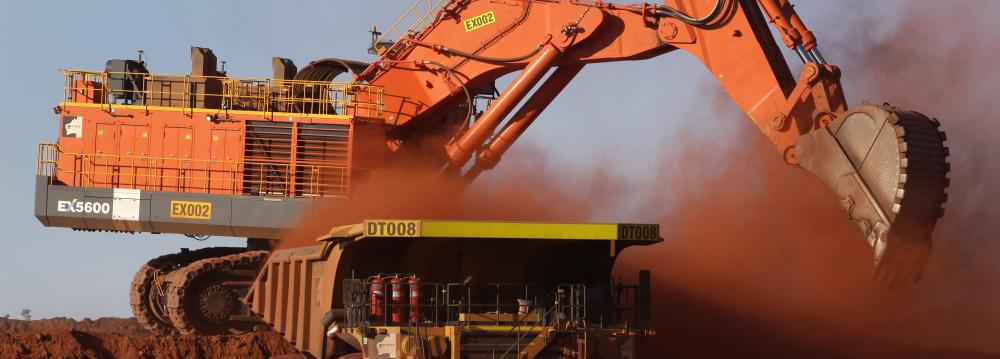India has become the center of the world’s oil demand growth and the country’s economic growth will affect global commodities, Citigroup Inc. said in a research note.
The world’s second-largest country by population after China will see its economy expand at about 8% a year through 2021, Citi researchers including Ed Morse said. The country’s working-age population will increase by 220 million over the next 20 years, and about 240 million people will move to cities, Bloomberg reported.
Urbanization and rising incomes will boost demand for transportation fuels, gold jewelry and electricity generation, while looser regulations should spur increased exports of iron ore into the market.
India’s economy won’t copy China’s near-decade of double-digit economic growth that pushed oil prices into the $100-a-barrel range, but will be enough to impact global supply-and-demand balances of several commodities, Morse said.
“While India is no China, the sub-continent’s largest economy is becoming the third largest oil consumer and importer of oil, with a tangible impact on oil, coal and iron ore markets, less so on metals,” Morse said. “As India’s base rises, so too should its global commodities’ impacts.”
Best Year for Investments
Citi expects 2016 to be the best in four years for commodity investments. The Bloomberg Commodity Index is up 7.4% this year. Oil, zinc, copper and soft commodities will be the best investments in 2017, with Brent crude seen averaging $60 a barrel after ending this year around $50.
India’s crude demand has grown by 350,000 barrels a day this year, higher than China, as the country surpassed Japan to be the world’s third-largest oil buyer. Gasoline demand has risen 14% this year and should continue to increase at double-digit rates as car and motorcycle purchases climb, Morse said.
Coal demand will grow between 6% and 8% a year through 2020 as the country tries to electrify more rural areas. Domestic production of coal for power will rise even faster, reducing imports, while a strong domestic steel-production outlook means the nation will have to increase metallurgical coal imports.
Gold demand should remain high in the country, which accounts for almost a quarter of global demand for the precious metal, as falling unemployment and steady inflation spur buying of jewelry, coins and gold bonds, Citi said. Iron ore exports will grow to 20 million tons a year from 6 million tons in 2016 as the government reduces and eliminates export duties and companies restart mines.
Domestic Consumption Growing
Supported by growing domestic consumption base, credit rating agency Standard & Poor’s Global on Monday has estimated that India would witness a ‘steroid-free’ growth of 8% in the coming next few years.
In its report on APAC Economic Snapshots, September 2016, the US-based agency said that structural reform agenda in India has maintained robust momentum and should propel higher growth.
The structural reform agenda in the country continues to keep a strong momentum, with the recent passage of GST Bill, and should drive higher growth, it added.
S&P further said that inflation continued to be a risk, due to large weights on fuel, food, and various other volatile items in the target basket of Reserve Bank of India.
Major Growth Phase
Long relegated to second place behind China, Asia’s economic leader, there are clear indications that India is on the verge of a dramatic growth phase, according to analysts from the international investment bank, Credit Suisse, according to a report by Forbes.
“India looks to be firing at last,” was one of the headings in the bank’s report which also contained a warning for international mining companies hoping to sell bulk materials, such as iron ore and coal, to the country.
Self-sufficiency, which has long been a political objective in India, appears to be developing in bulk commodities with distribution problems that have dogged coal and iron ore being overcome.


